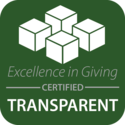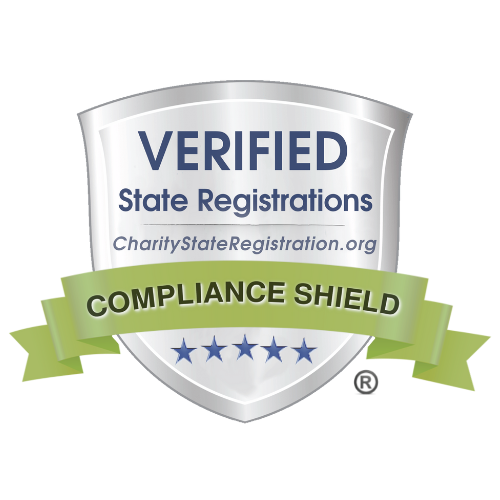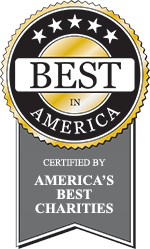IAVA | May 16, 2018
Read: The After-burn of War

I can remember sunrises and sunsets on the Tigris River being obscured by a layer of hazy smoke that always looked like you were seeing it through dirty goggles. As we rolled north in 2003 everything was on fire; trash, vehicles, tires, people, you name it. Plus, every inch we traveled kicked up an obscene amount of dust from the super fine Iraqi sand.
When we set up camp, an absolute necessity was burn pits (a shallow hole dug in the sand where we dumped our waste and lit it on fire); one for trash, one for human waste. It was figured out that dumping a bunch of diesel fuel on the offending waste could be ignited with a toilet paper roll dipped in JP8, then stirred like a strong drink with a metal fence post until it all sort of melted together into a big puddle of fire jelly that looked like a gateway to Mordor, or at least some hell that was likely similar to the one we were in.
My second deployment was much different from my first, everything was more established. I can remember spending my last five months in Taji, about 40 clicks north of Baghdad. From almost anywhere on base you could see black smoke constantly billowing from the huge burn pit where everything from paper, plastic, electronics, and anything deemed non-essential, smoldered into toxic ash. Even if you weren’t surrounded by smoke, your eyes would often burn as a result of all the chemicals in the air. After my separation from the military, I rarely thought about burn pits.
Since my time at IAVA, I discovered the VA burn pit registry. From my experience, it seems many people are unaware of the government’s attempts to register people who might possibly suffer from exposure. Be warned, the site is difficult to work through, and it takes some serious commitment, in the form of time and perseverance, to complete. After a few different tries I discovered an alarming number of symptoms that I never knew might be related to burn pits. Some of the subtler side effects could be allergy-like symptoms, headaches, or diarrhea (basically a hangover in my experience), so who would ever think to claim burn pits as the culprit? Then we get into the more serious stuff: cancer (lung, brain, others), heart conditions, asthma and chronic bronchitis, and neurological disorders.
Everyone knew that joining the military came with a level of risk that ultimately could end with loss of life, but most people assumed that would be on the battlefield, if at all. Now veterans are discovering recommended trash removal may have caused more damage than actual combat. In IAVA’s most recent Member Survey, 80 percent of members report being exposed to burn pits during deployments and 63 percent of those exposed report symptoms from that exposure. As an organization, IAVA is committed to raising awareness for toxic exposure related to burn pits; we understand this might become one of the greatest hardships of the Post-9/11 veteran population.
Each generation of veterans seems to have encountered some residual effects from war that the government hesitates to recognize. The Vietnam generation is still battling for health care in regards to Agent Orange. The Gulf War veterans are struggling with understanding and recognition of Gulf War Syndrome as a result of exposure to Depleted Uranium. I think it is safe to say that the toxins veterans in Iraq and Afghanistan were exposed to, because of burn pits, will prove just as dangerous to the long-term health for those who participated in the Global War on Terror.
IAVA believes that it is past time for a national conversation on the effects of Burn Pits on the post-9/11 generation. Find out more about our Burn Pits policies, and the rest of our 2018 Big 6 Priorities here. And TAKE ACTION by asking your Member of Congress to support the Burn Pit Accountability Act here.





